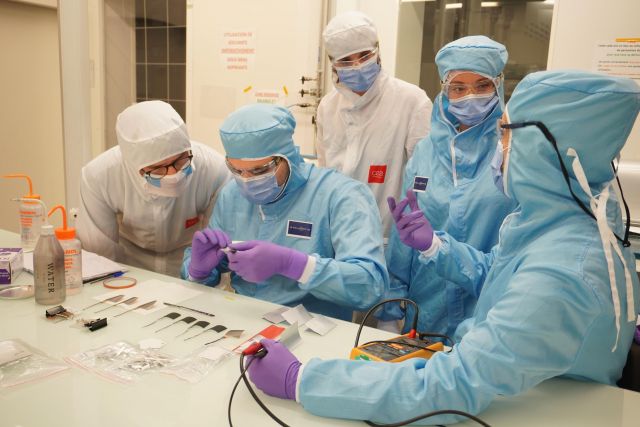
BYD brings affordable PHEV SUV to the market
BYD has added another model to its line-up in South Africa. This time it is the Sealion 5, which slots in below the larger Sealine 6, which is also available locally.
- Product News
- 15 December 2025
Stellantis and CEA, one of the world’s most innovative research institutions, announced a new, five-year collaboration that targets the in-house design of next-generation battery cells for electric vehicles.

This joint research programme includes designing advanced technology cells with higher performance, a longer lifespan and a lower carbon footprint at competitive costs, which can lead to more affordable and sustainable battery-electric vehicles in the future.
“We know that battery technology is poised for change. While we don’t know exactly how it will change, we are committed to be at the forefront of this transformation. Internally, we are working around the clock, placing multiple bets and exploring various technologies.
“At the same time, we are collaborating closely with tech start-ups, laboratories, universities and the most prestigious research institutions in the world like CEA. We believe that this collaboration will accelerate the arrival of disruptive battery-cell technology, supporting our mission to offer clean, safe and affordable mobility to our customers,” says Ned Curic, Chief Engineering and Technology Officer at Stellantis.
Through its Energy Division, CEA provides advanced innovations for decarbonisation. As a Research and Technological Organisation (RTO), CEA’s first goal is to support industry through innovation and technological breakthrough, allowing market differentiation and competitive advantage for its partners.
“CEA is proud to support Stellantis with an ambitious multi-year R&D programme on battery cells, which takes place in the frame of a CEA/Stellantis global partnership. This project makes the best use of more than 25 years of expertise in the field of Li-ion batteries at CEA to the benefit of one of the major automotive actors in the competitive race for electrical mobility.
“Our challenge is to speed up design and fabrication and to allow deep understanding of the most advanced cell technologies by sharing our expertise, skills and vision,” says Philippe Stohr, Head of CEA Energy division.
The goal of the joint battery cell programme is to provide more affordable, next-generation EV batteries with best-in-class technologies to Stellantis and its joint venture gigafactories.
The battery cell design programme reinforces a 20-year dynamic collaboration with CEA. Other areas of joint research include disruptive chemistries and CO2 footprint research, battery modelling, fuel cell development, life-cycle assessment and connectivity.
The collaboration is the latest example of Stellantis’s continuing drive to achieve the goals of the Dare Forward 2030 strategic plan. Stellantis is on track to become a carbon net zero corporation by 2038, all scopes included, with single-digit percentage compensation of remaining emissions.

According to a Reuters report, Ford and Renault have agreed to work together on a new generation of compact, lower-priced electric cars for Europe, while also expanding cooperation on commercial vans, as both manufacturers seek to defend their market positions against increasingly aggressive Chinese rivals.

As South Africa forges ahead in the automotive landscape, a notable divide has emerged in the growing realm of new-energy vehicles.

Kenya’s automotive industry recently made headlines when Tad Motors unveiled its first range of locally assembled electric vehicles (EVs), igniting discussions across Africa about the continent’s growing capacity for indigenous mobility solutions.